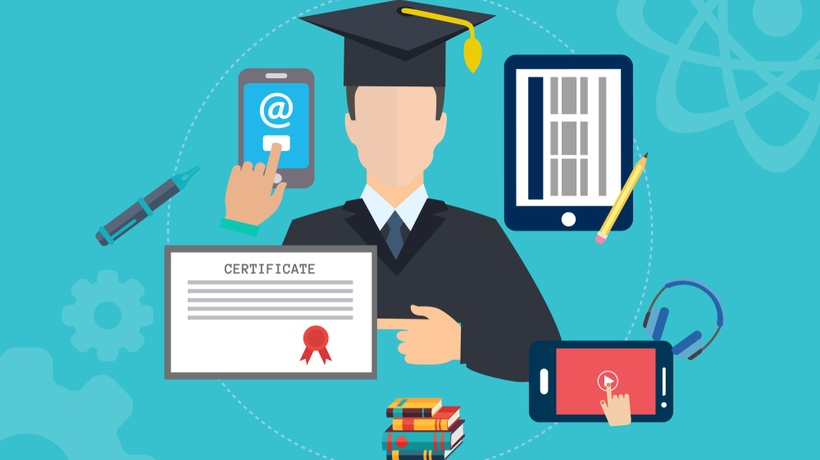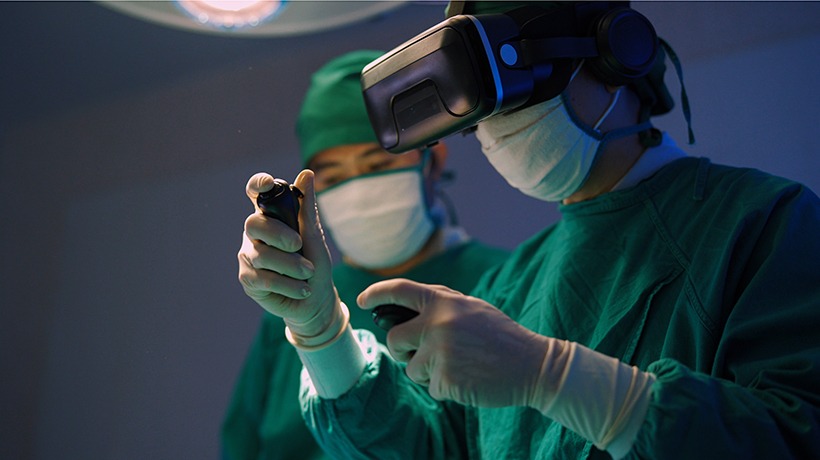What Role Does Technology Play In Learning?
There is no doubt about the fact that the era we live in is the era of technology. Technology rules our lives and has made everything from shopping, communicating, ordering food, traveling to entertainment, fitness, comfort, and learning easier and more accessible for us. Let’s talk about the role of technology in learning, it being the subject of interest to us.
The last decade has seen Learning and Development (L&D) professionals making great strides in imparting better learning to corporate learners through the use of technology. For example, blended learning, microlearning, mobile learning, gamification, AR/VR (Augmented Reality/Virtual Reality), simulations, adaptive learning and even AI (Artificial Intelligence) are now being used to develop skills and knowledge in corporate employees. And, all this is possible because of technological advancements. Technology is not only the present but the future of learning. But what else does technology hold for learning in the future? In this article, we’ll discuss certain likely applications of technology in learning in the future. Let’s have a look.
1. Cloud-Based Learning
Right now, cloud-based authoring tools and cloud-based LMSs are used by a handful of organizations and provide organizations with lower installation costs, better data security, faster deployment, more storage space, and easier maintenance, while providing learners with improved accessibility. In the near future, cloud-based learning will be the norm, allowing better aggregation of student metrics, more efficient data sharing, and more visual assessment results. Cloud-based learning will be accessible on any mobile device.
2. Biometrics
Right now, educators are limited to getting feedback from learners themselves or via assessments completed by learners, which might not always be true or accurate. In the future, biometric technology will allow educators to measure biological responses including sweat gland stimulation, heart rate, eye position, and other data, which will help them in the analysis of learners, market research, and thus the creation of better digital learning. Learner-centricity and consumerism are bound to increase in the future, which will lead to the improvement of the quality of digital learning being provided.
3. Heads-Up Displays
AR/VR will be a norm in digital learning in the future, along with immersive simulations, probably gamified. Heads-up displays will be very helpful for learners in such situations, where they will be able to view information, feedback of performance, and social data in real time.
4. Full-On Virtual Worlds
Another advancement in AR/VR technology will allow educators to create full-on virtual worlds for learners, where they can learn and develop knowledge and skills as well as apply them without any real-world consequences.
5. Robots And/Or AI Teachers And Counselors
Although real teachers and counselors will still be needed for complex subjects and human touch in learning, much support will be provided by robot teachers and counselors, or AI characters acting as teachers or counselors, or even immersive learning simulations (as mentioned in the previous point) replacing teachers and counselors.
6. Visual Data Will Replace Numerical Data
This has already started happening in a number of organizations as well as educational institutions, and in the future will be the norm. Visual data is easier to comprehend and interpret for common individuals and allows trends and patterns to be understood explicitly, unlike text-based or numerical data.
7. Individual Databases For Learners
In the future, learners will have their individual databases on the cloud, through which their individual progress will be tracked, and learners will be able to save their learning projects, assessments, and notes. These databases will be analyzed by educators to provide personalized instruction to learners.
8. Lifelong Learning
As society becomes faster and more knowledge-driven through advanced technology in the future, lifelong learning will have to become the norm. Continuous professional development will be necessary, as trends rapidly change with evolving technology (this has already begun), and the nature of employment will change. It is predicted that by 2027, more than 80% of our population will either be working freelance or on a contractual basis. Keeping one job for your whole life will be a thing of the past.
The Future Of Technology In Learning
Technology is going to change the face of learning for the better, transforming us into more efficient and faster learners. Naturally, every change is faced with hesitation, uncertainty, and doubt, but things ultimately settle down. Embracing this change and understanding which technology is here to last while preparing for it in advance is the only way organizations can gain a competitive advantage over others in the future.










